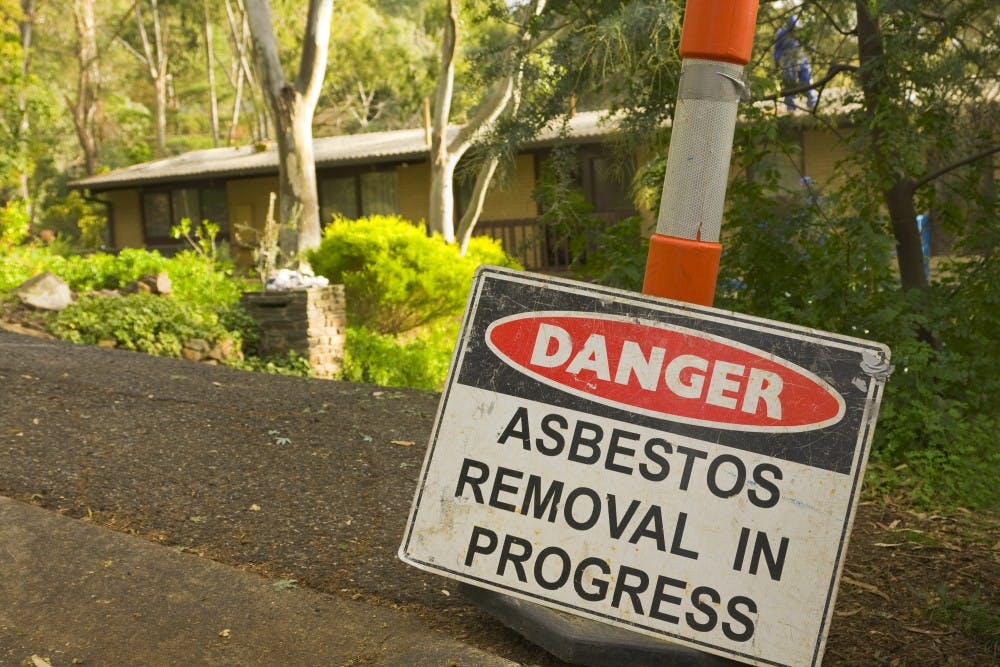Asbestos, a known carcinogen, has been found in the walls of Tower Center A on the corner of University Drive and Myrtle Avenue, among dozens of other ASU facilities.
According to the National Cancer Institute, exposure to asbestos fibers in the air is known to cause increased risk of lung cancer and mesothelioma, and medical professionals speculate those who have been exposed are at greater risk of other forms of cancer, including that of the liver, kidney, gallbladder and esophagus.
These health risks come as no surprise to ASU, which has an entire department devoted to the management of asbestos in University facilities.
ASU General Maintenance Supervisor George Harris said people get excited when they hear there’s asbestos.
While ASU knowingly uses facilities containing asbestos, it does not continue to use it when remodeling, Harris said. New sheetrock used in construction is analyzed for several days to scan for traces of asbestos before it can be utilized.
“It’s just fine if they don’t disturb it,” he said.
The school’s current policy regarding asbestos says asbestos is only removed when “necessary.” This usually occurs when a building is renovated or damaged.
Environmental Health and Safety Services states on its website that symptoms of asbestos-related diseases may not manifest themselves for more than 30 years.
“A general rule of thumb is that buildings built before 1985 are possibly built with sheetrock that likely has asbestos,” Harris said. “Faculty and students can’t go banging things into the wall. The University mandates that if anyone is going to penetrate the wall with nails, drills, etcetera, they basically disturb the sheetrock, and they want facilities management personnel to come in and handle it professionally with extreme care.”
ASU’s Asbestos Management Program said on its website that when left alone, asbestos poses little to no health risks.
Students, including art major Bryn Suddarth, however, were not so easily reassured.
“I think that’s pretty scary, especially since we’re paying such high tuition rates," Suddarth said. "I feel like they should use that money to go toward the safety of students."
The state constitution requires Arizona to fund proper maintenance of the three universities, but most of these payments have been deferred. ASU, NAU and UA combined have missed more than $500 million in maintenance funding.
Speech and hearing student Emily Hanson said it was nerve-wracking to have the possibility of being exposed to asbestos.
“I feel like students shouldn’t be allowed in the buildings if (University officials) know they contain asbestos," she said.
An inventory of all ASU facilities containing asbestos is available online to those who search for it, but students say they would prefer it if ASU took a more active role in keeping its students informed.
“I’ve never heard about this,” Hanson said. “I’d like to at least know not to take a class in that building.”
Reach the reporter at icastil3@asu.edu or follow @isabella_m_cast on Twitter
Like The State Press on Facebook and follow @statepress on Twitter.




